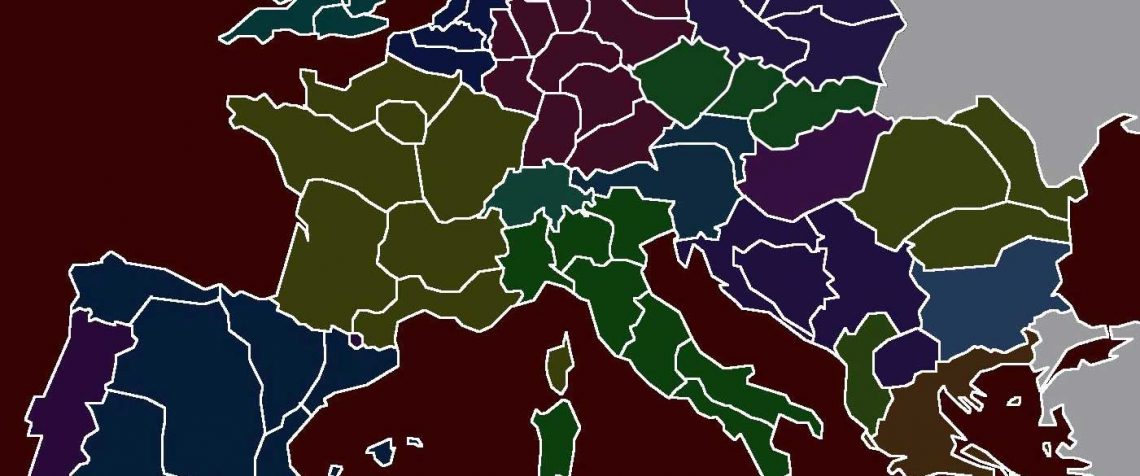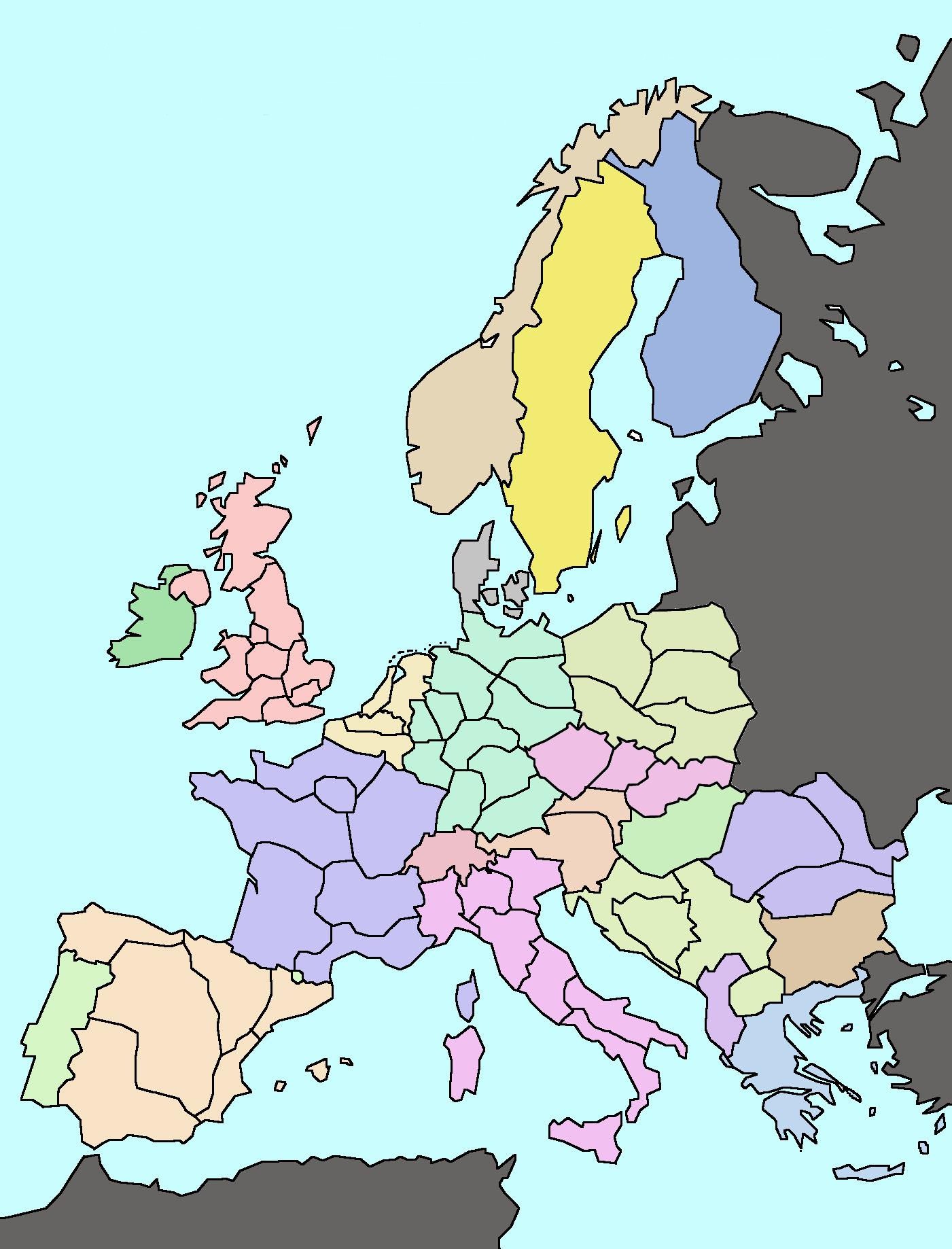
Brussels and beer
Many of us watched last week’s exciting US presidential elections: on CNN, we saw the screens and numbers move by at breakneck speed. We were reminded that the USA consisted not only of states, but of all kinds of counties, and zoomed literally and figuratively back and forth between those levels. It was a magical and sometimes alienating experience at the same time.
But many will also have wondered why we didn’t actually have such a thing in our “country”, in Europe. We don’t really have that much of an idea what is happening in Brussels and we don’t go out on the street angrily or happily and watch TV for days on end. You could fantasize further, and wonder what it would be like to have a United States of Europe. Could that be possible? Wouldn’t the cultural differences be much greater than in the USA? But of course, many more people already thought about that in the past.
Charged
If you search for a bit, you will find dozens of examples on the internet of visionaries and self-appointed experts who were going to solve the European problems, if there were any. You notice that you also end up in the midst of a politically and emotionally charged issue. The idea of a united Europe did not always produce the most enticing developments in history.

A striking attempt to unify Europe in a more peaceful way came in 1992 from Freddy Heineken (yes, beer Freddy Heineken), shortly after the signing of the Maastricht Treaty. In his brochure The United States of Europe (A Eurotopia?), Heineken divides Europe into 75 regions. The concept seems simple, but Heineken gave a lot of thought to the exact new borders – together with his co-authors, the Dutch historians Wesseling and Van den Doel.
Sensitivities
Eurotopia takes into account ethnic sensitivities, in order to cause as little friction as possible. The basic idea is a Europe consisting of only small federal states, each with 5 to 10 million inhabitants. According to Heineken, due to the lack of an overly powerful federal state, this would first of all offer the prospect of more stability, equality and peace. Secondly, under the motto ‘small is beautiful’, governance in the federal states could simultaneously be organized more efficiently.
Heineken’s plan met with criticism, including from scientists. The boundaries that the inventors of Eurotopia put forward would rather create more than less conflict. If you now look at the map, you can immediately see the trouble-spots. Nevertheless, the plan still pops up now and then, but mainly as a exercise in reflection. The 75 United States of Europe, with a president and a White House in Brussels and real elections…
But it was probably mainly a marketing effort by the beer magnate behind it. After all, a stable Europa consumes a lot more beer!


